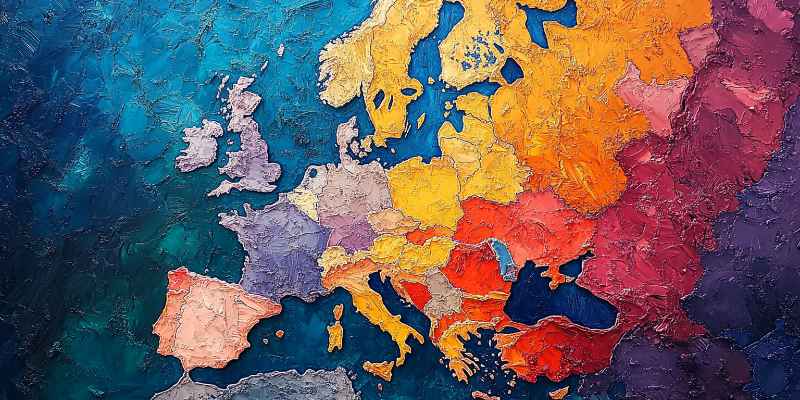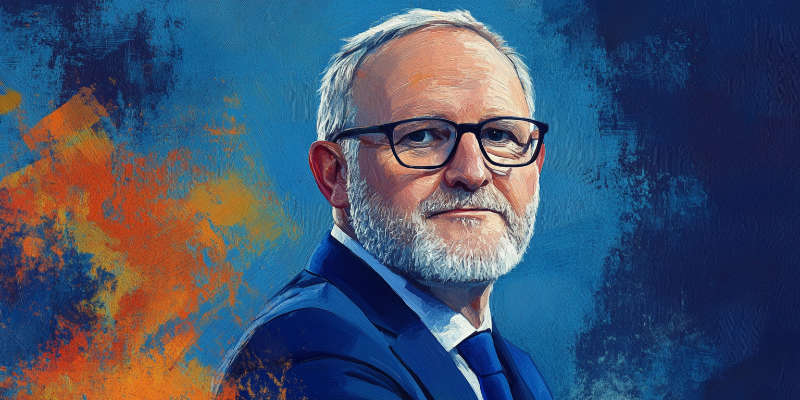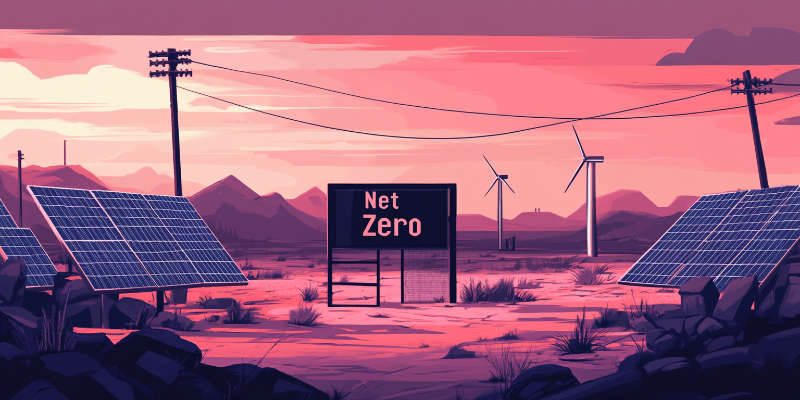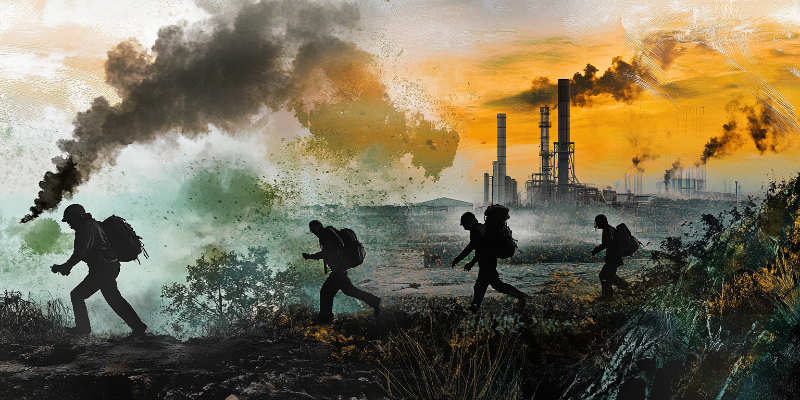EU is not Europe

There is a growing tendency among senior EU officials and political commentators to present the European Union (EU) as synonymous with Europe itself. This narrative is not only misleading but dangerous, as it distorts the true nature of European identity and history. Europe is a continent — a vast and diverse region stretching from the Atlantic Ocean to the Ural Mountains — and it includes dozens of nations that are not part of the EU. While the EU is a political and economic union of 27 member states, Europe consists of over 40 independent countries, many of which have chosen to remain outside the EU while still playing a central role in European culture, trade, and security.
This conflation of Europe with the EU is not accidental. It serves a political purpose by allowing senior EU officials to claim legitimacy for their policies under the guise of defending European values and interests. When nations like Hungary or Poland resist EU directives, they are accused of being “anti-European” or undermining “European unity.” This rhetorical sleight of hand allows the EU to impose policies that may benefit the political and economic interests of its strongest members while disregarding the will of individual nations and the broader European tradition of democratic self-governance.
Understanding why Europe is not the same as the EU is essential for preserving Europe’s cultural and political identity. The EU is not Europe, and its policies increasingly conflict with the continent’s historical values and democratic traditions. This article explores four key reasons why Europe and the EU are not interchangeable: the geographical and cultural scope of Europe, the EU’s undemocratic political structure, Europe’s rich cultural and linguistic diversity, and the extent to which EU policies actively undermine European culture.
The geographical and cultural scope of Europe
Europe is a continent, not a political institution
Europe is one of the world’s seven continents, defined by geographical boundaries and a shared cultural and historical legacy. The continent stretches from the Atlantic Ocean in the west to the Ural Mountains in the east, encompassing around 50 independent countries. The EU, by contrast, is a political and economic union that includes only 27 of these nations. Major European countries such as Russia, Ukraine, Norway, and Switzerland are not part of the EU, yet they remain integral to Europe’s historical and cultural identity.
Russia, for example, is geographically the largest country in Europe and has played a central role in European history for centuries. Russian writers such as Fyodor Dostoevsky and Leo Tolstoy have shaped European literature, while Russian composers like Tchaikovsky and Rachmaninoff have left an indelible mark on classical music. Russian philosophers and political thinkers have contributed to European intellectual life, influencing everything from Marxism to modern political theory. Despite this deep cultural and historical connection, Russia remains outside the EU and is often treated as an outsider by Brussels.
Similarly, Switzerland and Norway have chosen not to join the EU while maintaining close economic and political ties with their European neighbors. Switzerland has thrived economically with an independent currency and a decentralized political system, while Norway has used its sovereign wealth fund, built on oil revenues, to maintain high living standards without relying on EU subsidies or directives. Both countries participate in the European single market through bilateral agreements, demonstrating that economic success and political stability are possible without EU membership.
The fact that these influential European nations have rejected EU membership highlights the fundamental distinction between Europe as a continent and the EU as a political project. Europe is defined by its cultural and political diversity, not by membership in a centralized political union.
Democratic tradition vs EU centralization
Most of Europe has a strong democratic tradition
Modern European democracy emerged from centuries of political development, including the constitutional reforms of England in the 17th century, the republican ideals of the French Revolution, and the postwar establishment of parliamentary democracies across Western and Central Europe. European nations have long traditions of political accountability, freedom of speech, and public participation in governance.
The EU, however, has established a political structure that largely bypasses these democratic norms. The European Commission, which holds executive power within the EU, is composed of unelected officials appointed by national governments. While the European Parliament is directly elected, it lacks the authority to introduce legislation — a power reserved exclusively for the unelected Commission. The European Council, composed of heads of state and government, operates largely behind closed doors, making key decisions without direct voter input.
According to political analyst Andrew Moravcsik, “The EU is an incomplete democratic polity because its decision-making processes are not directly accountable to voters” (“In Defence of Europe,” Andrew Moravcsik). The EU’s political structure resembles a technocracy rather than a democracy, with key decisions being made by appointed officials rather than elected representatives.
The EU’s history of ignoring public opposition
The EU has repeatedly shown a willingness to override democratic opposition to its policies. In 2005, French and Dutch voters rejected the proposed European Constitution in national referenda. Instead of respecting the democratic outcome, the EU repackaged the constitution as the Lisbon Treaty and pushed it through without further public approval (Norman, “The Accidental Constitution,” Jesse Norman).
When Greece held a national referendum in 2015 rejecting the austerity measures imposed by the EU during the eurozone crisis, the European Central Bank responded by cutting off financial support, effectively forcing the Greek government to comply with EU demands despite overwhelming public opposition (Varoufakis, “Adults in the Room,” Yanis Varoufakis).
This pattern reflects a broader tendency within the EU to prioritize political integration and centralized control over democratic accountability and national sovereignty.
Cultural and linguistic diversity
Europe’s strength lies in its cultural and linguistic variety
Europe’s cultural identity is rooted in its diversity. More than 40 languages are spoken across the continent, and countless regional dialects reflect centuries of distinct historical and cultural development. The works of Shakespeare, Dante, Goethe, and Cervantes reflect the literary diversity of European culture, while artists such as Michelangelo, Rembrandt, and Picasso have shaped global artistic traditions.
However, the EU’s political and economic policies increasingly threaten this diversity. The dominance of English in EU institutions has marginalized other European languages, while attempts to create a unified European identity have downplayed national cultural distinctions. According to historian Perry Anderson, “European integration is eroding the national distinctiveness that defines European culture” (“The New Old World,” Perry Anderson).
How EU Policies Undermine European Culture
The policies implemented by the EU have far-reaching impacts on the cultural fabric of member states, often clashing with long-established national traditions and identities. In this section, we examine in detail how EU policies—ranging from mass immigration and multiculturalism to centralized economic regulations—have contributed to the erosion of distinct European cultures and undermined the very values that have defined the continent for centuries.
Mass Immigration and Its Cultural Impact
EU policies on free movement and refugee resettlement have been heralded by senior EU officials as a humanitarian triumph and a means of fostering multiculturalism. However, the rapid influx of immigrants in many Western European countries has led to significant demographic shifts that have altered the cultural landscape.
In countries such as Germany, France, and Sweden, the arrival of large numbers of immigrants has sparked debates about national identity and cultural continuity. Critics argue that the integration strategies promoted by the EU do not adequately account for the deep-rooted cultural traditions and social norms of host countries. As Douglas Murray highlights in “The Strange Death of Europe,” these policies have accelerated cultural change in ways that many native citizens find destabilizing (Murray, “The Strange Death of Europe,” Douglas Murray).
The mixing of diverse cultural traditions under a single political framework can lead to friction, as different values and lifestyles collide. In some regions, this has resulted in increased social tensions and a sense of cultural displacement among established communities. The EU’s broad-brush approach to multiculturalism often fails to address these nuances, leading to policies that, rather than harmonizing cultures, exacerbate divisions.
Centralized Economic Policies and Cultural Uniformity
The EU’s drive for economic integration and the creation of a single market has necessitated the imposition of standardized regulations across member states. While intended to facilitate trade and economic stability, these policies have had unintended cultural consequences.
Harmonization of Regulations
To maintain a level playing field, the EU enforces uniform standards in areas such as media, education, and consumer protection. These regulations can stifle local initiatives and reduce the diversity of cultural expressions. For instance, broadcasting rules that mandate a certain percentage of “European works” on television channels often favor mass-market productions over locally produced content, thereby undermining regional cultural narratives.
Economic Pressures on Cultural Institutions
The centralization of economic policy has also affected cultural institutions that depend on state support. In an effort to comply with EU directives, national governments have sometimes curtailed funding for cultural programs that do not align with a pan-European identity. This trend can marginalize traditional art forms, local languages, and indigenous cultural practices that are not easily standardized for a broad market.
The Erosion of National Sovereignty and Local Traditions
EU policies have often prioritized centralized decision-making over local autonomy, leading to a dilution of national sovereignty that has a direct cultural impact.
Loss of Local Governance
With key decisions being made in Brussels by senior officials and unelected bureaucrats, local governments find themselves with diminished authority over cultural and social policies. This shift undermines the ability of nations to protect and promote their unique cultural heritages. For example, policies on urban planning, education, and even cultural funding are increasingly dictated by EU-wide standards rather than local needs and traditions.
Uniform Social Policies
The EU’s attempts to enforce uniform social policies have also eroded traditional cultural values. In nations where historical traditions, religious practices, and community-based customs have long played a central role, the imposition of standardized social policies can create a disconnect between government directives and the lived realities of citizens. Critics argue that this top-down approach has led to the marginalization of deeply ingrained cultural practices that are vital to national identity.
Impact on Media, Arts, and Cultural Expression
The cultural sector, encompassing media, arts, and education, is particularly vulnerable to the pressures of EU policies aimed at creating a unified European identity.
Media Consolidation
EU regulations designed to foster a competitive internal market have led to the consolidation of media companies, which can diminish the diversity of viewpoints and reduce the representation of local cultures. The focus on market efficiency often leaves little room for the promotion of culturally distinct content, as commercial interests take precedence over artistic expression.
Arts and Cultural Funding
Funding for the arts has also been affected by the shift towards centralized EU budgets and initiatives. While the EU does support cultural programs, these are often framed within the context of a broader European identity rather than celebrating the unique cultural legacies of individual nations. This approach risks homogenizing cultural expression, as local artistic traditions may be sidelined in favor of projects that align with EU cultural narratives.
Educational Reforms
Educational policies aimed at standardizing curricula across member states can further erode local culture. When educational content is designed to promote a singular European perspective, it may diminish the teaching of national histories, languages, and literary traditions that are essential to cultural identity. This can have a long-term impact on how future generations perceive their heritage and their place within the broader European context.
Conclusion
Europe and the EU are not the same. Europe is a continent defined by centuries of democratic tradition, cultural richness, and political diversity. The EU, by contrast, is a political union that represents only a portion of the continent and increasingly undermines the values and traditions that define European identity. The EU’s centralized political structure, undemocratic decision-making processes, and cultural homogenization efforts threaten the historical legacy and democratic foundations of European nations.
The future of Europe lies not in greater political integration but in the preservation of its diverse nations, cultures, and democratic institutions. Recognizing the distinction between Europe and the EU is the first step toward reclaiming the true identity and independence of European nations.









